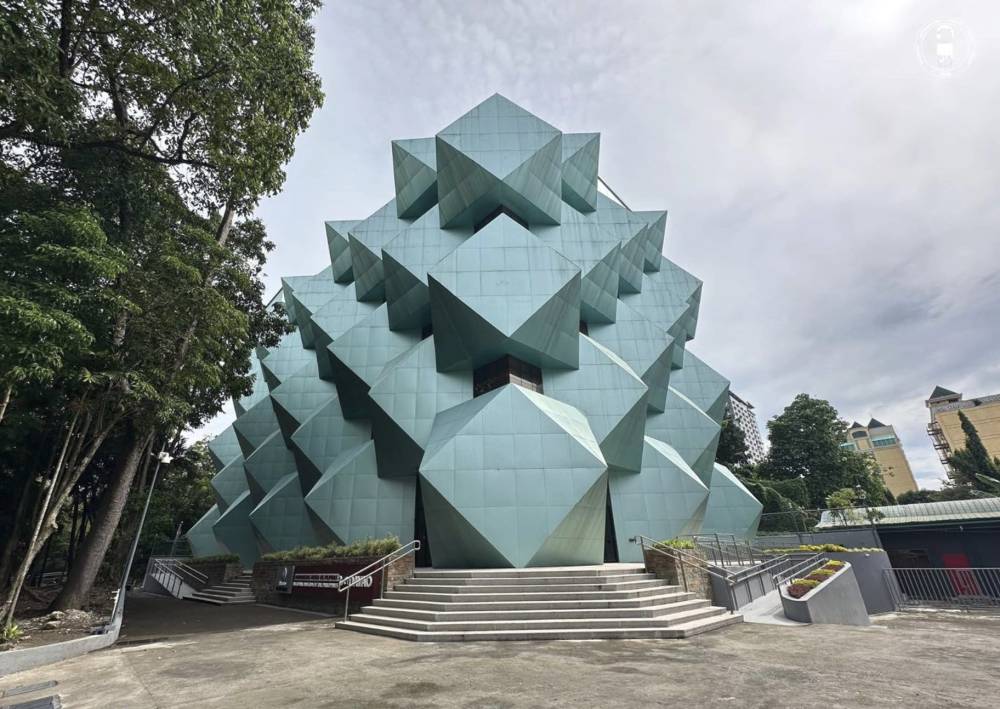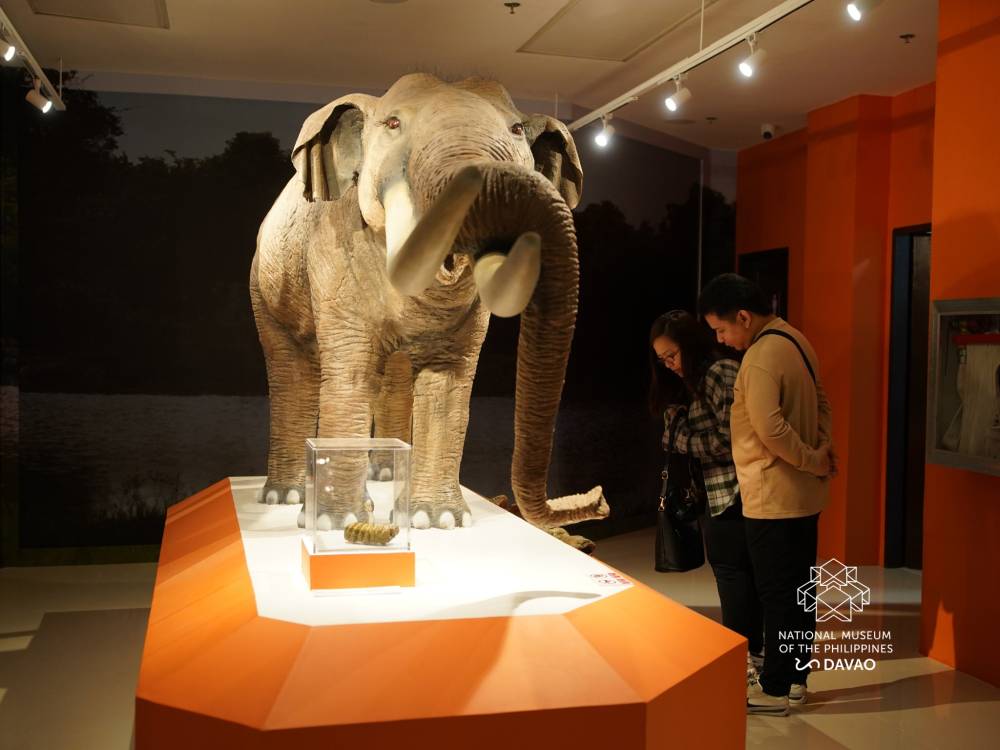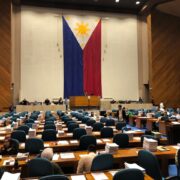Durian-shaped architectural marvel rises in Davao

A new architectural landmark rises in Davao City with the recent opening of the National Museum satellite branch on J. Palma Gil Street, Poblacion District.
The six-story building takes the form of a durian, the fruit Davao City and the Davao region is widely known for. The building’s design brings to the fore the identity and an important component of the natural heritage of the region, as durian is not just a place identifier but also a valuable economic crop.
It is the first of its kind and style in the National Museum’s network of museums, a distinct building that can now be considered an architectural icon.
It veers away from the Spanish colonial and Neoclassical (adaptive reuse), indigenous-inspired, and box-type buildings that define the architecture of the more than a hundred-year-old institution.

The first four floors are exhibition spaces for the movable and intangible heritages of the different Mindanao indigenous groups, the natural heritage lorded over by Mt. Apo, and works of known Davaoeño visual artists, among others.
Mimetic architecture
The fifth floor is reserved for the city-run Museo Dabawenyo previously located at Juna Subdivision in Matina.
Designed by architect Clyde Eric Verga, the building is a postmodernist landmark, a good example so far of mimetic architecture in the country although the purpose goes beyond showcasing durian.
Mimetic architecture is a type of architecture defined by unusualness, mimicking the purpose of the building or the products offered therein. In the Philippines, this is common in maritime schools in the form of ship-shaped buildings.

Elsewhere in the world, samples include the basket-shaped Longaberger Company Building in Ohio, US; the fish-shaped National Fisheries Development Board in Hyderabad, India; and the Dubai Frame in the United Arab Emirates built to frame some of their landmarks.
Architect and historian Lorelei de Viana describes the National Museum Davao building as “very iconic.”
She said it was built “through and within the prism of modern culture and the [how the] past is viewed, experienced, and appreciated, much in keeping with the NM’s and the city’s progressive vision for cultural heritage.”
Culturally sensitive and sensible, heritage-wise, the building, as described by the National Museum itself, is indeed “a true celebration of Davao’s unique identity.”





















